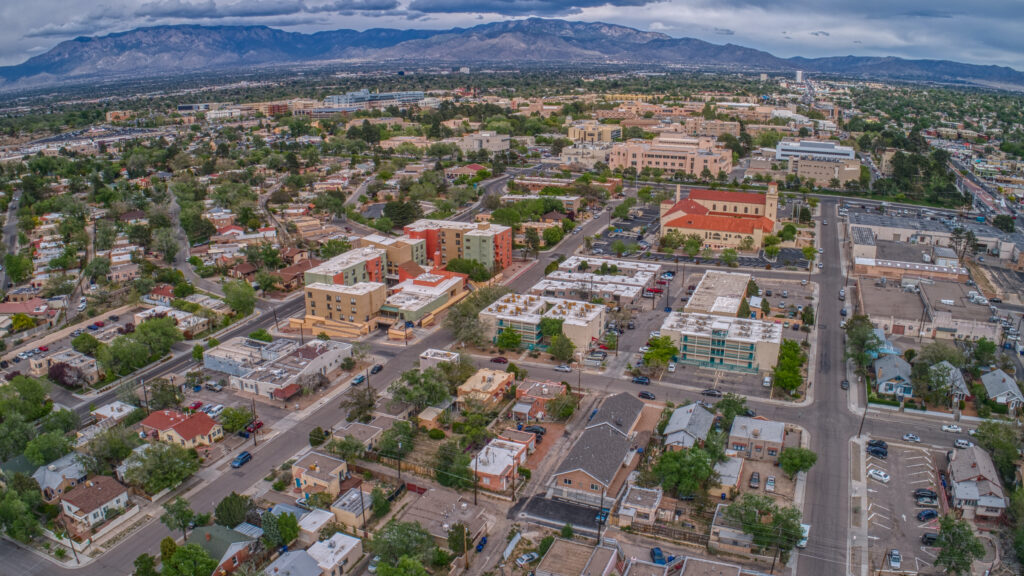Commentary
UNM Wants Administrators – and Students – to Be All-In on DEI
Share:

Common sense would dictate that healthcare education programs should seek the most qualified administrators and faculty, so as to produce the best possible education for future healthcare professionals.
But, at the University of New Mexico (UNM) Health Sciences Center, ideology and diversity are central considerations.
To direct the school’s Accelerated Bachelor of Science in Nursing (ABSN) program, UNM is searching for candidates with qualifications including “[a] demonstrated commitment to diversity, equity, inclusion, and student success, as well as working with broadly diverse communities,” according to a job listing posted on UNM’s website.
Another position listing, for the New Mexico Nursing Education Consortium Partner Schools Director position, likewise states that applicants should have a “demonstrated commitment to diversity, equity, inclusion.”
This institutional posture extends to scholarships and clerkship programs for students as well.
The URiM for Visiting Students program at the UNM medical school’s OB/GYN department, for instance, is “designed to expose Underrepresented in Medicine (URiM) and non-traditional students from across the country to our outstanding residency training programs.”
The eligibility criteria links to the now-defunct definition of “underrepresented” promulgated by the Association of American Medical Colleges (AAMC), which defined underrepresented populations as “those racial and ethnic populations that are underrepresented in the medical profession relative to their numbers in the general population.”
As another example, the Department of Emergency Medicine offers a clerkship – which happens to come with a $2,000 stipend – to medical students, giving special preference to applicants who are “socioeconomically disadvantaged, first-generation medical students and/or who identify as part of a group underrepresented in medicine, or have themselves demonstrated support and advocacy for underrepresented groups in medicine.”
The clerkship description then cites the AAMC’s definition of “underrepresented” while adding the following caveats:
“Characteristics in addition to race and ethnicity are additionally considered. In New Mexico, for example, students of the following backgrounds could identify as underrepresented: African American and/or Black, Hispanic/Latino, Native American (American Indians, Alaska Natives, and Native Hawaiians), Pacific Islander, Vietnamese, mainland Puerto Rican, first general college student, socioeconomically disadvantaged, or part of a minority group related to gender or sexual orientation (LGBTQIA+).”
These preferences reflect UNM’s core institutional values, as UNM admits in a value statement on UNM’s DEI webpage.
“We are committed to addressing issues of under-representation in medicine and biomedical research,” the statement reads. “Under-representation most commonly refers to racial/ethnic populations that are under-represented in the medical and scientific research workforce relative to their numbers in the general population.”
“The Association of American Medical Colleges (AAMC) and the National Institutes of Health (NIH) have traditionally defined these groups as: Blacks/African Americans, Hispanics/Latinos, Alaska Natives/American Indians, Native Hawaiians, and Pacific Islanders,” the statement continues.
It’s clear from these programs and job descriptions that UNM not only seeks to use racial preferences when distributing opportunities to students, but wants to hire personnel on board with that agenda.
When opportunities are conditioned on an applicant’s “underrepresented” status or their commitment to diversity, future medical professionals suffer on the basis of their immutable characteristics.
Editor’s Note: Following the publication of this article, UNM removed its diversity webpage. The archived link can be found here.


